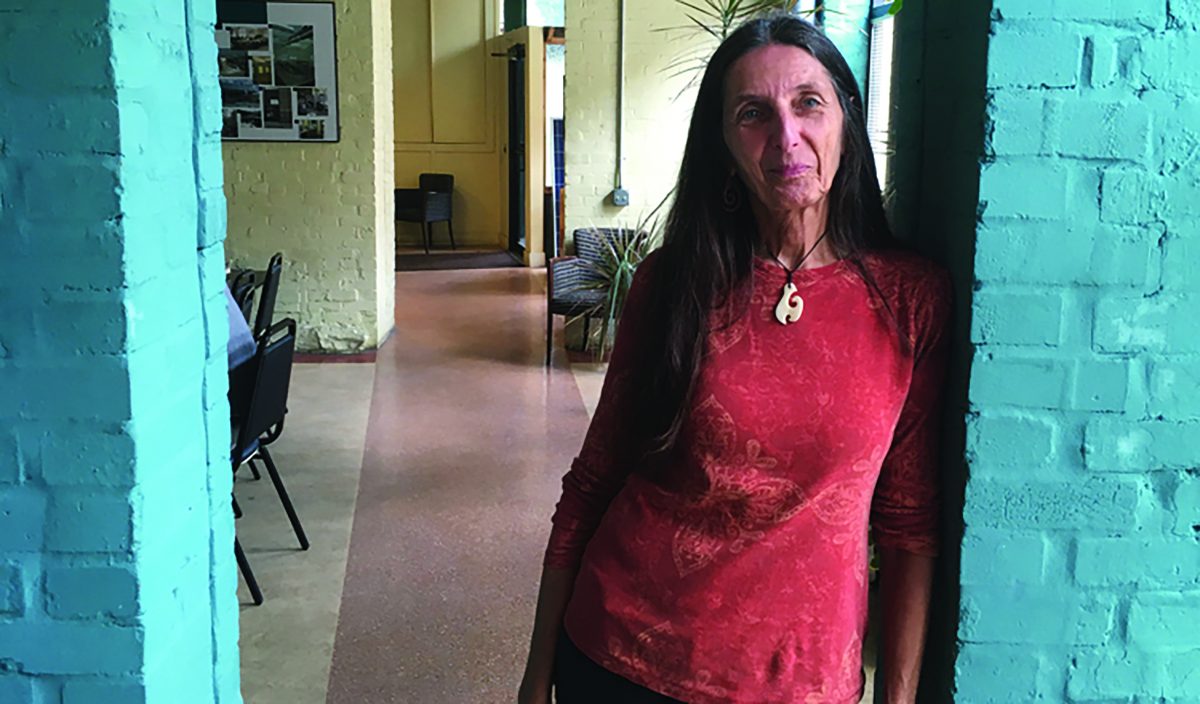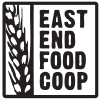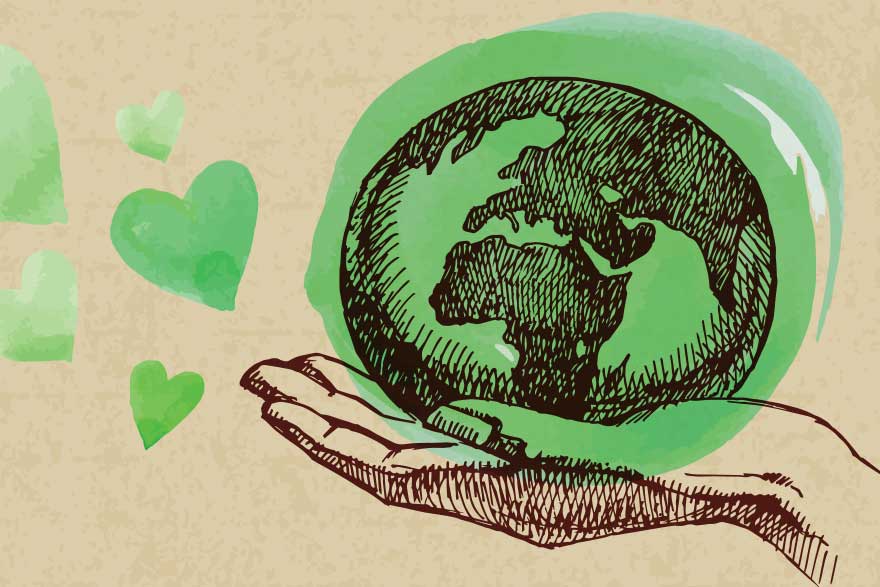Healthy soil and healthy water are inextricably connected. Without healthy soil, no plants could grow; without plants, no animals (including humans) could survive. It behooves all of us to protect the health of our water, soil and plants. When we protect nature, we protect ourselves. In Silent Spring, Rachel Carson wrote:
“The thin layer of soil that forms a patchy covering over the continents controls our own existence and that of every other animal of the land. Without soil, land plants as we know them could not grow, and without plants no animals could survive. Yet if our agricultural-based life depends on the soil, it is equally true that soil depends on life, its very origins and the maintenance of its true nature being intimately related to living plants and animals.”
We all live in a watershed, an area of land that all drains into the same body of water. Therefore, the way that we live on the land has a significant effect on the quality of water in our rivers, streams and lakes. Good water quality is essential to healthy soil and to healthy plants and animals — again, including humans. Pennsylvanians are fortunate to have abundant rivers and streams. It’s imperative that we each take responsibility for protecting this water, the lifeblood of the planet. For centuries, the people who lived in PA enjoyed fresh, clean water. Today, our clean water is flowing away.
Article 1, Section 27 of the PA Constitution states:
“The people have a right to clean air, pure water, and to the preservation of the natural, scenic, historic and esthetic values of the environment. Pennsylvania’s public natural resources are the common property of all the people, including generations yet to come. As trustee of these resources, the Commonwealth shall conserve and maintain them for the benefit of all the people.”
While we can easily—and often justifiably—pin the blame on government, industry, and the marriage of the two, we all contribute to the buildup of pollution in our waterways. Simple activities that we perform in and around the home add chemicals, sewage, plastic pollution and/or organic debris to our precious waterways. Lawn and garden maintenance, car care, pet care, cleaning products, personal care products and the disposal of solid waste and household chemicals are just a few of the ways we all share in the fouling of our waterways and aquatic habitats.
There are many ways that we can each take responsibility for our contribution to the problem. We can vote with our dollars by supporting responsible companies and shunning polluting industries, implore industry and our government reps to take action to protect our natural resources, and take a long, hard look at our own activities. Are we doing everything that we can do to protect the integrity, health, and beauty of our natural surroundings? Water is connected to everything that we do, from purchasing products packaged in single-use plastics, salting our sidewalks, purchasing food that is not grown organically, to buying clothing made from synthetic fabric or dyed with toxic dyes. It all matters, and it all adds up. When the water is polluted, so are the plants; so are we; so are our children.
Two simple ways residents can take action is harvesting rainwater and composting.
Harvesting rainwater significantly reduces contributions to impaired water quality, flooding, and to the frequency of combined sewer overflows (CSOs). This reduces stormwater runoff while increasing on-site absorption and groundwater recharge. Learn more about nonpoint source pollution, green infrastructure, on-site absorption of storm water, rainwater harvesting and how we can all help to alleviate some of the water pollution and stormwater management problems that plague this region. For example, harvesting roof water from an average-sized house with a 1000-sq.-foot base will remove roughly 24,000 gallons of stormwater from the region’s system annually.
We can also aid water retention and improve drainage by adding compost to garden beds. Soil, rich in organic matter, can reduce runoff and capture and degrade many pollutants, while also contributing to carbon sequestration, food security, health, water infiltration, biodiversity, ecosystem health and farmer prosperity.
Soil is made up largely of minerals, air, water and a small amount of organic matter. According to Oregon State University researchers, “one teaspoon of good garden soil to which compost has been added contains 100 million bacteria and 800 feet of fungal threads.” Without that small amount of organic matter in the soil, no plants could grow — and as was mentioned earlier, without plants, no animals could survive. That organic matter is compost!
PA Resources Council (PRC) will offer two lifestyle-greening workshops addressing water and soil this spring at the East End Food Co-op: “Celebrate the Rain! Watershed Awareness and Action Workshop” and “Backyard Composting Workshop.” Pre-registration is required. See back page for more details.

Nancy Martin, Pennsylvania Resources Council Environmental Educator is the coordinator of PRC West’s Watershed Education Program. Nancy designed and facilitates the in-school Watershed Awareness Program, community Watershed Awareness/Rain Barrel Workshops, and teacher workshops addressing environmental issues. She also teaches PRC’s Recycling Awareness Program, Litter Prevention, and Composting Programs in schools and communities throughout SW PA.
Photo Credit: Doug Oster



Leave A Comment